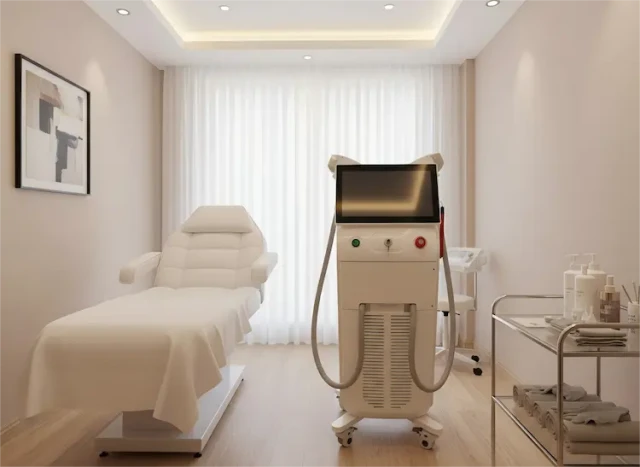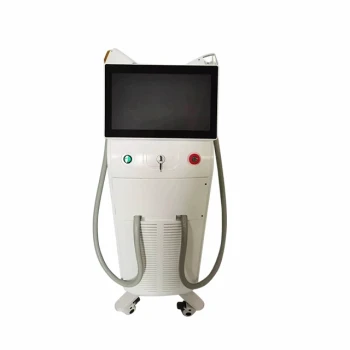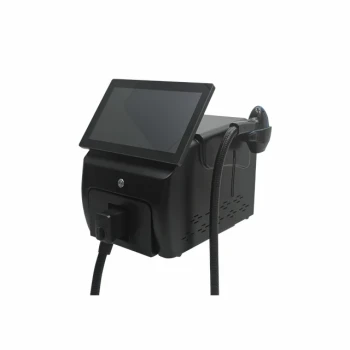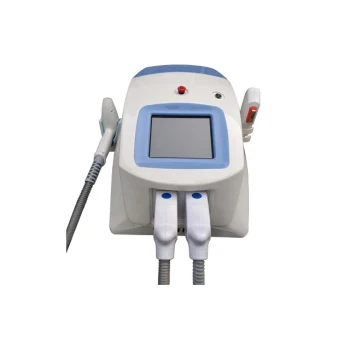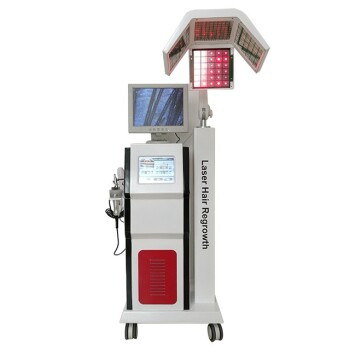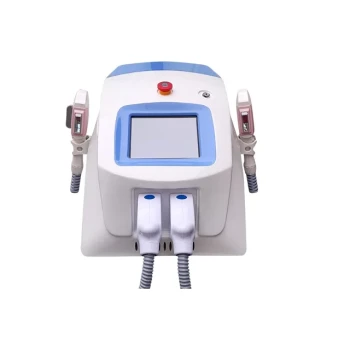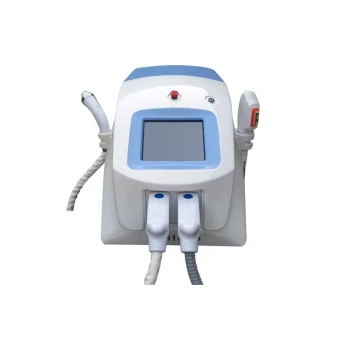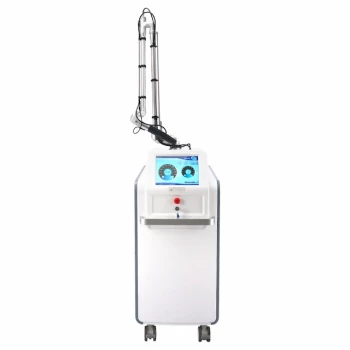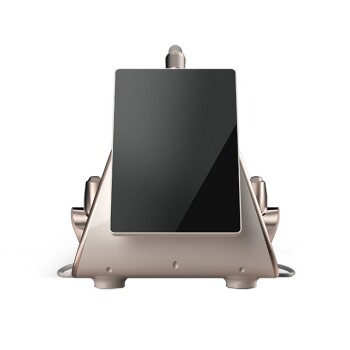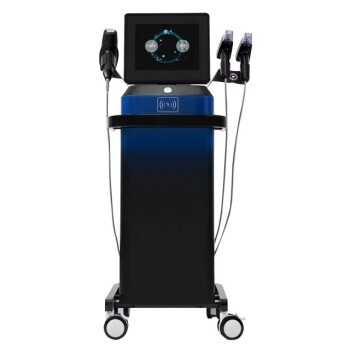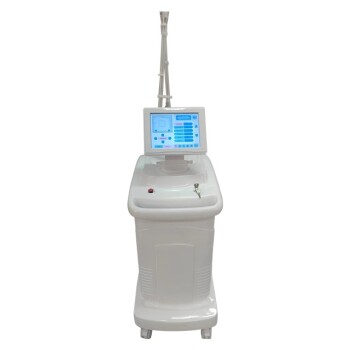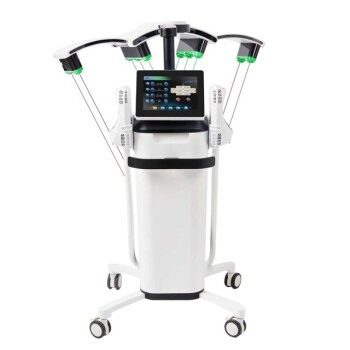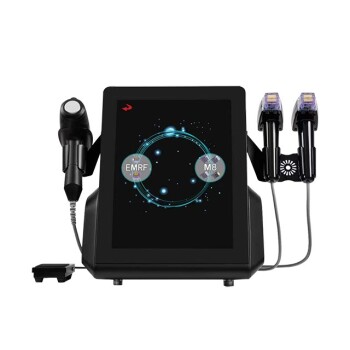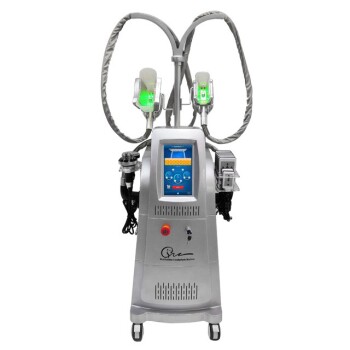For those struggling with stubborn fine or light hair, traditional laser hair removal often falls short. The Alexandrite laser—a key component in advanced Trilaser systems—delivers unmatched precision for these challenging cases while offering rapid treatment for large body areas. Let's examine why this technology dominates modern hair removal protocols and how it compares to alternatives.
Alexandrite Laser in Trilaser Hair Removal: Targeting Melanin Efficiently
How the 755nm Wavelength Excels with Fine/Light Hair
Alexandrite lasers emit light at 755 nanometers, a wavelength perfectly absorbed by melanin in hair follicles. This makes it exceptionally effective for:
- Light brown/blonde hair that other lasers miss
- Fine facial hair (upper lip, chin) requiring precision
- Mixed hair types where follicles vary in pigment density
Unlike shorter wavelengths that scatter in the skin, Alexandrite's deeper penetration ensures energy concentrates where it matters—the hair bulb.
Large Area Advantages: Treating Backs & Legs in Record Time
With a spot size up to 18mm and rapid pulse repetition, Alexandrite lasers:
- Cover 30% more area per hour than standard diode lasers
- Reduce session time for full legs by 40-50%
- Maintain consistent energy delivery across curved surfaces
Ever wondered why some clinics charge less for Alexandrite-based treatments? The efficiency savings get passed to you.
Comparative Efficacy: Alexandrite vs. Alternatives
Alexandrite vs. Diode (810nm): Precision Matters
| Factor | Alexandrite Advantage |
|---|---|
| Light hair | 62% better absorption |
| Discomfort | 20% less painful |
| Session speed | 15-20% faster |
Diode lasers struggle with blonde/red hair, often requiring more sessions for incomplete results.
Alexandrite vs. Nd:YAG (1064nm): Safety for Fair Skin
While Nd:YAG lasers work on darker skin tones (Fitzpatrick IV-VI), Alexandrite dominates for:
- Fitzpatrick I-III skin with lower melanoma risk
- Sensitive areas (bikini line, face) needing controlled heat
- Summer treatments where tanned skin rules out other options
Pro Tip: Clinics using Trilaser systems can switch between wavelengths mid-session—combining Alexandrite's speed with Nd:YAG's safety when needed.
Practical Considerations for Optimal Results
Ideal Candidate Profile
You're likely a perfect match if you have:
✅ Fair to olive skin (Fitzpatrick I-IV)
✅ Light brown, blonde, or red hair
✅ Large treatment areas (legs, back) or delicate zones (face)
Treatment Timeline & Aftercare
- Session frequency: Every 4-6 weeks for face, 6-8 weeks for body
- Pain management: Cryogen cooling systems reduce discomfort by 70%
- Post-treatment: Avoid sun exposure for 72 hours; use Belis-branded soothing gels to accelerate healing
Did you know? Properly maintained Alexandrite lasers (like Belis AT-600 models) retain 95% efficacy after 100,000 pulses, ensuring consistent results.
Key Takeaways for Smart Consumers
- For fine/light hair, insist on Alexandrite-equipped Trilaser systems—diode lasers often can't deliver permanent reduction.
- Large area treatments benefit from Alexandrite's speed, saving you time and money long-term.
- Fair-skinned individuals gain maximum safety margins with this technology.
When consulting clinics, ask:
- "What percentage of your Trilaser system's pulses use Alexandrite wavelength?"
- "Do you have Fitzpatrick-scale assessment protocols?"
For salon owners, investing in Belis Trilaser machines with adjustable Alexandrite parameters future-proofs your services against evolving consumer demands. The data doesn't lie—this wavelength remains the gold standard for a reason.
Products You Might Be Looking For:
Explore professional hair removal lasers
Visual Guide

Related Products
- Diode Laser SHR Trilaser Hair Removal Machine for Clinic Use
- Diode Tri Laser Hair Removal Machine for Clinic Use
- Clinic Diode Laser Hair Removal Machine with SHR and Trilaser Technology
- Trilaser Diode Hair Removal Machine for Beauty Clinic Use
- Clinic Use IPL and SHR Hair Removal Machine with Nd Yag Laser Tattoo Removal
Related Articles
- How SHR Laser Hair Removal Works: The Science Behind Multiple Sessions
- Why IPL Can't Deliver Permanent Hair Removal (And How to Get Closer)
- How 9 Expert Filters Enable True Multi-Condition IPL Treatment Without Performance Loss
- Trilaser Hair Removal: How Three Wavelengths Deliver Superior Results for All Skin Types
- Trilaser Hair Removal: Why It Works Better for All Skin Tones
